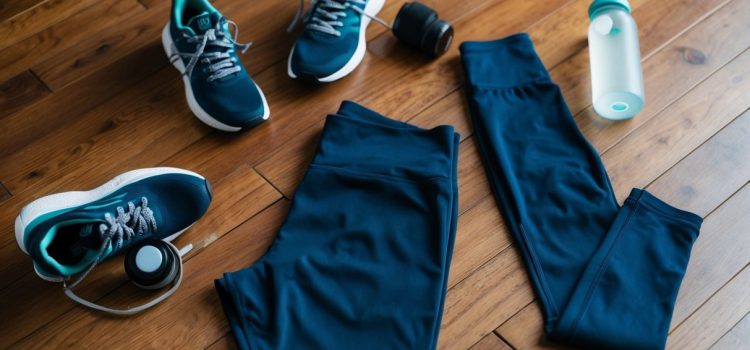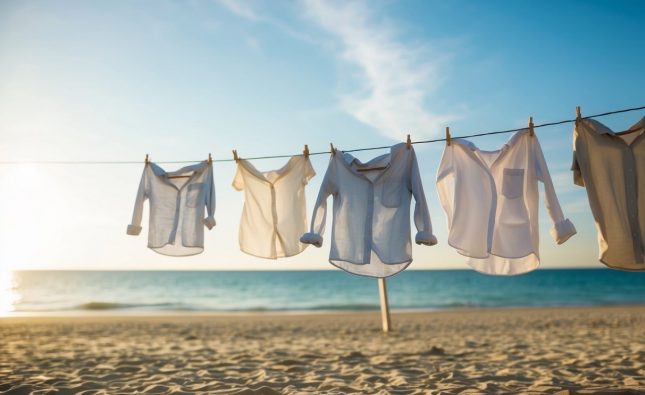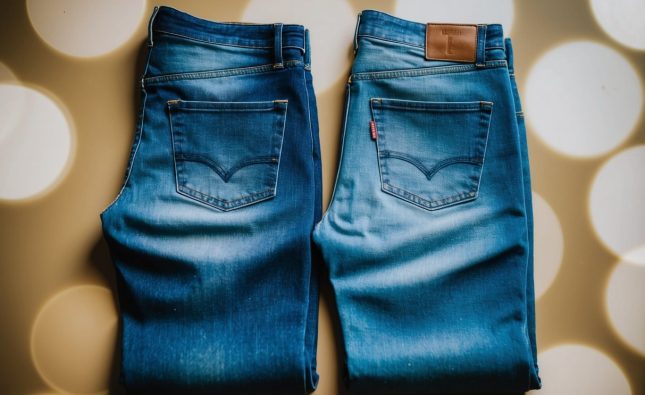
Athletic wear is a key consideration for anyone engaging in physical activity, with choices often boiling down to leggings or shorts. The ideal option depends on personal preference, activity type, and climate. Each type of clothing offers distinct advantages that cater to different exercise styles and comfort levels.

Leggings provide full coverage and often a compression fit, which can enhance muscle support during workouts. On the other hand, shorts offer increased breathability and freedom of movement in warmer conditions. Both have their place in an athlete’s wardrobe, making the decision a matter of individual needs and circumstances rather than a one-size-fits-all solution.
Understanding the specific benefits of leggings and shorts can help users make informed choices that enhance their workout experience. By evaluating factors like fit, temperature, and specific activities, individuals can select athletic wear that not only meets their performance requirements but also aligns with their personal style.
Evolution of Athletic Wear

Athletic wear has seen significant transformations influenced by cultural trends, functionality, and advances in fabric technology. This evolution involves two primary forms: leggings and shorts, each with distinct histories.
History of Leggings
Leggings originated in the 14th century as clothing for men, with versions made from leather or cotton used for warmth and protection. By the 1960s, they transitioned into women’s fashion, gaining popularity in fitness circles as a versatile and comfortable option for workouts.
The introduction of synthetic materials such as Lycra brought stretch and support, making leggings ideal for various athletic activities. This innovation led to a surge in their adoption throughout the 1980s and 1990s, popularized by fitness icons and celebrities. Today, leggings are a staple in athletic wear, combining style and practicality.
History of Shorts
Shorts have roots tracing back to the early 1800s but gained traction as sportswear in the late 19th century. Early versions were typically knee-length and tailored, used by both men and women for physical activities.
The 20th century marked a turning point, with shorter styles emerging for sports such as basketball and running. Innovations in moisture-wicking fabrics and flexible designs enhanced comfort and performance. Today, athletic shorts are designed for a wide range of activities, balancing functionality and fashion across diverse settings.
Comparing Leggings and Shorts
When selecting between leggings and shorts, several factors play a crucial role, including material, fit, comfort, and versatility. These aspects can significantly impact workout performance and overall satisfaction.
Material and Fabric Technology
Leggings typically use advanced fabric technologies designed for moisture-wicking, breathability, and stretch. Common materials include polyester and spandex blends, which offer support and durability. These fabrics often feature added benefits like anti-odor properties and UV protection, making them suitable for various conditions.
Shorts are generally made from lighter fabrics such as cotton or nylon, offering less coverage and more airflow. Many athletic shorts incorporate similar moisture-wicking technologies, ensuring comfort during intense workouts. Some also come with built-in liners for additional support.
Fit and Comfort
The fit of leggings is usually tighter, providing a snug feel that supports muscle movement. This design minimizes chafing and allows for unrestricted motion. Many legging styles feature a high waistband, which can enhance comfort during bending or lifting exercises.
Shorts, in contrast, offer a looser fit, allowing for greater airflow and freedom of movement. The choice of inseam length affects comfort as well; shorter options provide optimal breathability, while longer styles may offer increased coverage. Both styles should cater to personal preference and intended activities to ensure comfort throughout workouts.
Versatility and Use Cases
Leggings excel in versatility, suitable for various activities such as yoga, running, and gym workouts. Their sleek design allows them to transition easily from exercise to casual wear, often paired with tunics or oversized sweaters.
Shorts are ideal for outdoor activities, particularly in warmer weather. They offer excellent freedom for running, cycling, or sports like basketball. While their casual nature may limit formal applications, they can be dressed up with stylish tops for social outings. Both options are valuable in any athletic wardrobe, depending on personal style and intended use.
Health and Performance Impact
The choice between leggings and shorts can significantly influence athletic performance and health. Different designs impact muscle support, temperature management, and range of motion. Understanding these factors helps athletes make informed decisions.
Muscle Support and Compression
Leggings often provide significant muscle support and compression, enhancing blood circulation. This support can improve endurance and reduce the risk of muscle fatigue during prolonged activities. The snug fit of leggings allows for reduced muscle vibration, which can enhance performance in running and high-intensity workouts.
Shorts offer less compression compared to leggings and may not provide targeted support. However, they can still be beneficial for activities where breathability is prioritized. Athletes might find that shorts allow for more natural movement when engaged in sports that require explosive movements.
Temperature Regulation
Temperature regulation is crucial for performance. Leggings tend to offer better insulation, keeping muscles warm in colder conditions. This feature is beneficial for outdoor activities in cooler climates, as it may reduce the risk of muscle strains and injuries.
Conversely, shorts excel in warm weather by allowing maximum airflow. They help keep the body cool, reducing the chance of overheating during intense workouts or summer sports. Athletes often prefer shorts in hot environments for better sweat evaporation.
Range of Motion
Range of motion varies significantly between leggings and shorts. Leggings provide a snug fit that can restrict movement, depending on the material. Stretchy, high-quality fabrics can mitigate this, allowing for a full range of motion during activities like yoga or cycling.
Shorts generally allow for a wider range of motion, especially in the legs. They do not cling to the skin, enabling greater freedom of movement. This feature is particularly advantageous in sports requiring agility, such as basketball or soccer, where quick directional changes are essential.
Cultural and Fashion Trends
Athletic wear has evolved significantly, influenced by cultural shifts and fashion trends. Leggings and shorts each hold distinct places in various settings, showcasing preferences across sports and daily life.
Popularity in Sports
Leggings have surged in popularity among athletes and fitness enthusiasts, especially in activities like yoga, running, and cycling. Their supportive fit and moisture-wicking materials enhance performance and comfort during workouts.
In contrast, shorts dominate sports like basketball, soccer, and track. Athletes favor shorts for their breathability and freedom of movement. Fabrics often feature advanced technology to manage sweat and provide comfort.
The choice between leggings and shorts can also reflect the type of sport and weather conditions. For instance, colder climates may see a preference for leggings, while warmer environments lean towards shorts for airflow and ease.
Streetwear and Lifestyle
The rise of athleisure has blurred the lines between athletic wear and casual fashion. Leggings are now common in daily wear, often paired with oversized tops or cropped jackets, creating a versatile look suitable for various occasions.
Shorts have also transitioned into streetwear, particularly in summer months. Styles range from tailored designs to baggy fits, catering to diverse fashion preferences. Popular brands integrate bold colors and patterns to appeal to younger demographics.
Influencers and celebrities have embraced both leggings and shorts, promoting them as stylish components of their everyday wardrobes. This trend emphasizes comfort without sacrificing aesthetics, reinforcing the importance of both pieces in contemporary fashion.












